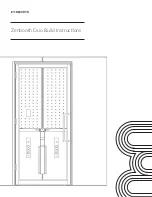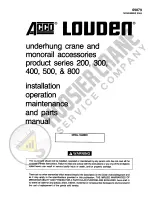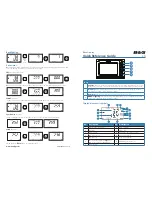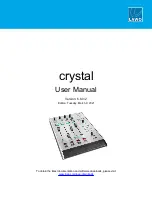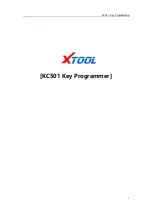
Commands in DSR Application Subsystems
Parameter Commands for MUX and DEMUX Modules
212
Agilent 81250 Parallel Bit Error Ratio Tester, Programming Reference, March 2006
That means, the current delay value depends on the currently selected
clock source and the current delay mode:
• If delay correction is set, the delay value depends on the delay
calibration value (which depends on the selected clock source).
• If delay calibration (DCAL) is set, the delay value depends on the
selected clock source.
Normally, the delay is automatically set with calibration tables, which
enables the correct operation of the E4868A module.
Parameters
<TCOM|DCAL>
Mode to be set.
• TCOM
(
T
emperature
COM
pensation: Delay Correction) Switches into
delay correction mode. This mode allows you to correct delay
fluctuations caused by variations in ambient temperature well
above 20 °C, for instance.
• DCAL
(
D
elay
CAL
ibration) Switches into delay calibration mode. This
mode lets you recalibrate the delay if the clock module or the
E4868A module was removed. This mode offers a wider timing
range.
Example
:_test:MODule10:CONNector1:OUTPut:DELay:SWEeep:MODe TCOM
or
:_test:MODule10:CONNector1:OUTPut:DELay:SWEeep:MODe DCAL
:OUTPut:DELay:SWEep:MODe?
Syntax
:<Handle>[:CGRoup*]:MODule*:CONNector*:OUTPut:DELay:SWEep:MODe?
Description
This command returns the current delay mode.
Return Value
TCOM
(
T
emperature
COM
pensation: Delay Correction) The
module is in delay correction mode. This mode allows you to correct
delay fluctuations caused by variations in ambient temperature well
above 20 °C, for instance.
DCAL
(
D
elay
CAL
ibration) The module is in delay calibration
mode. This mode lets you recalibrate the delay if the clock module or
the E4868A module was removed. This mode offers a wider timing
range.
Artisan Technology Group - Quality Instrumentation ... Guaranteed | (888) 88-SOURCE | www.artisantg.com

































